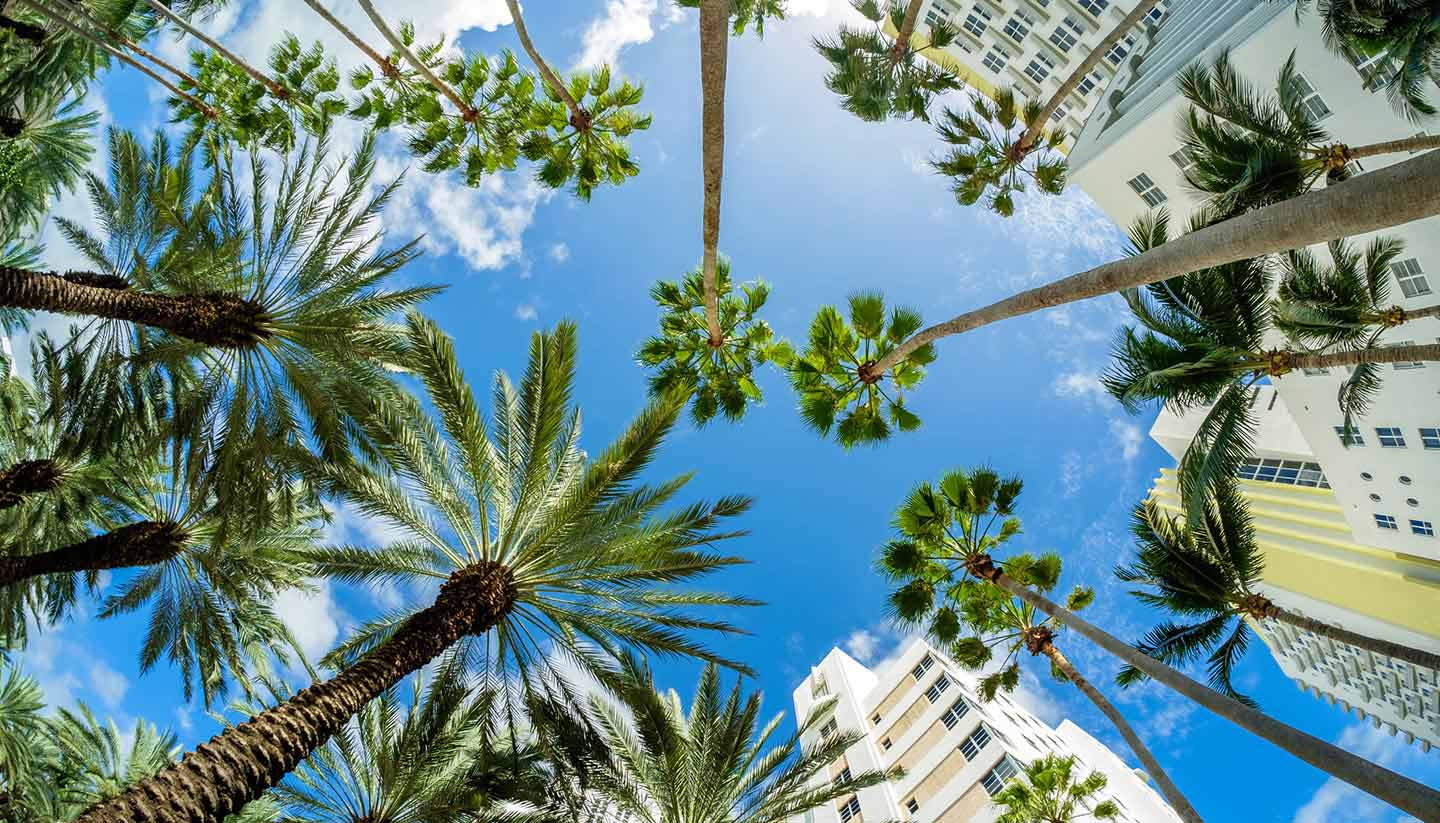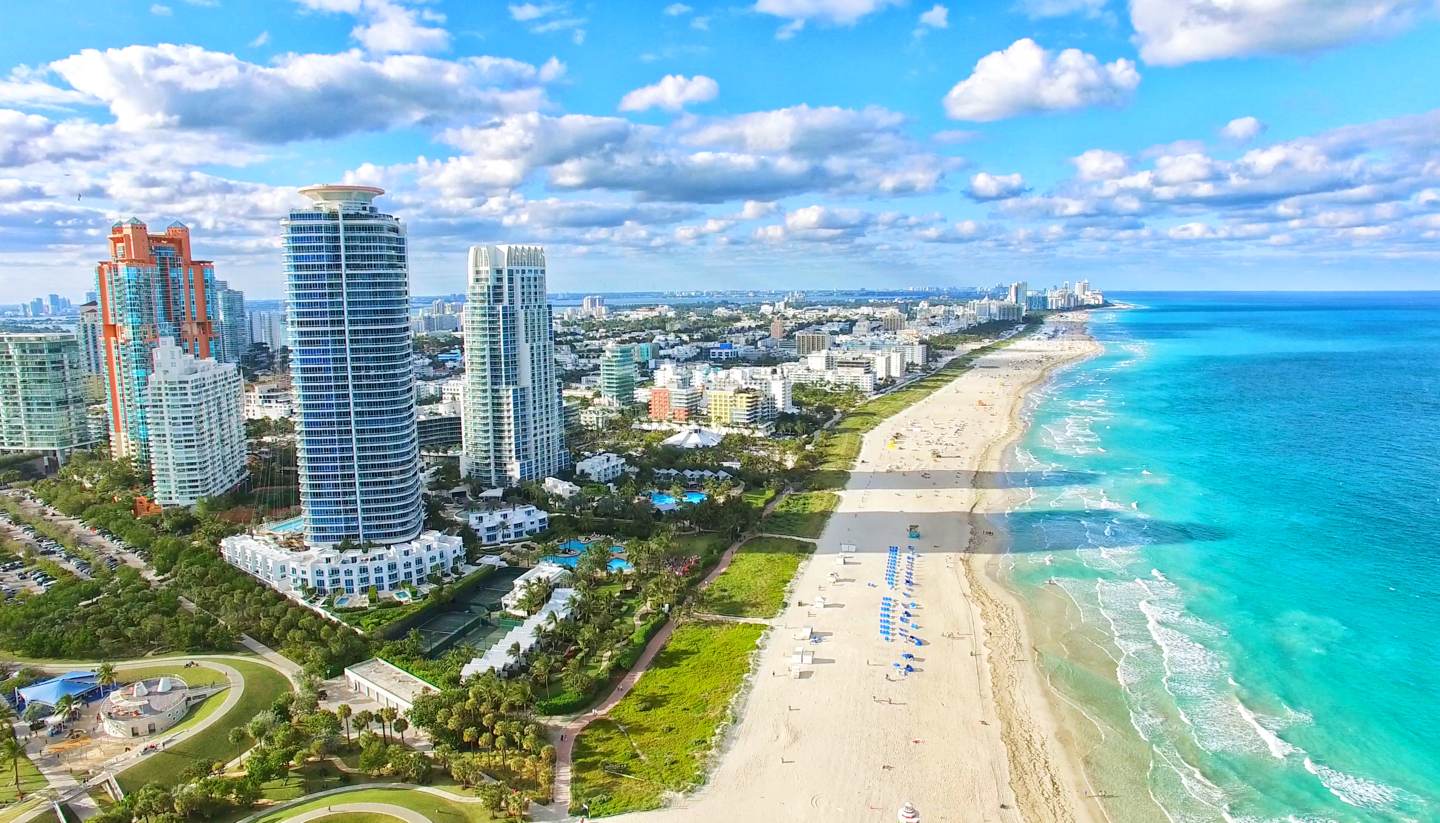Florida History, Language and Culture
History of Florida
Juan ponce de Leon, a Spanish explorer, first discovered the peninsula on 2 April 1513 and named it La Florida ('the land of the flowers'). Therefore, Florida was the first region in the continental US to be visited and settled by European explorers. Over the next two centuries, the Spanish and French settled the region, often through violence, until 1763 when the Spanish traded the colony to the British. However, in 1783, the Spanish retook the territory.
Under control of the Spanish, Florida became a haven for Native Americans and runaway slaves. Howeer, as the years progressed, Americans also began to settle in the region as a result of land grants and ultimately attempted to occupy the region. In 1816, the First Seminole War broke out between the Seminoles, a Native American tribe indigenous to the region, and the US army, led by General Andrew Jackson. By the end of the war in 1819, the Spanish realized that they could no longer keep the Americans out of the territory. So, the Spanish agreed to cede the territory to the Americans that same year as part of the Adams-Onis Treaty. However, the treaty did not come into effect until 1821. In 1830, the Indian Removal Act was signed into law by president Andrew Jackson, which gave the federal government authority to remove Native Americans from the land. By 1858, most of the Native Americans in Florida had been forcibly removed.
On 3 March 1845, Florida became the 27th state of the US. Plantation slavery, which was a major part of the state's economy, flourished and by 1860, 44% of the population was enslaved. By the start of the civil war in 1861, Florida seceded from the US along with six other states. By the end of the war in 1865, the South (Confederacy) surrendered and Florida was placed under military control by the North (Union) until 1868. Following the war, the Thirteenth Amendment was passed in 1865, which officially marked the end of slavery in the nation. With slavery abolished, agriculture (e.g. citrus, sugar, cotton and cattle) and tourism became mainstays of Florida's economy. And many of its emancipated African American population migrated to the North.
In the 1920s, the Great Depression, along with a couple of hurricanes, devastated the state. However, by the end of the Second World War, the state finally began to recover as the low cost of living and the development of air conditioning attracted a steady migration of people. The opening of the Magic Kingdom in 1971 began Orlando's ascent to being a centre of family tourism.
Following the Cuban Revolution in 1959, Florida became a haven for Latin American immigrants with Haitans, Jamaicans, Colombians and Venezuelans following in successive decades. The Mariel boatlife in 1980, in which Fidel Castro allowed scores of Cubans to immigrate to the US via the Florida Straits, permanently titled the demographics of the region.
In 2017, Hurricane Irma hit Florida, which was the most expensive and catastrophic natural disaster to ever touch the state as well as various islands in the Caribbean. Meanwhile, the Deepwater Horizon oil spill in 2010 became the state's biggest man-made disaster.
Did you know?
• Ernest Hemingway, Elmore Leonard and Tennesse Williams are famous authors who lived in Florida at one point in their lives
• In 2014, the state’s felony disenfranchisement law was passed, which meant that more than one in ten Floridians – and one in four African-American Floridians were excluded from voting. However, in 2018, the state overturned its previous settlement and voted to restore the voting rights of those with past felony convictions.
• Cannonball Adderley, Lynyrd Skynard, Jim Morrison, Slim Whitman, the Allman Brothers Band, KC & the Sunshine Band and, of course, Miami Sound Machine are all musicians and groups born in the state of Florida.
Florida Culture
Religion in Florida
Like most of the US, the predominant religion in Florida is Christianity. Protestants, particularly, make up the largest religious group in the state along with Baptists, Methodists, Pentecostal and other denominations. The remainder of the population is composed of other religious followers, such as Roman Catholics, Jews, and Muslims, as well as the non-religious.
Social Conventions in Florida
Floridians often exhibit a level of, what is referred to as, ‘Southern charm’. With that said, they tend to be quite warm and welcoming of visitors. However, this kind of attitude is more prominent in the northern areas of the state in comparison to the central and southern parts.
Language in Florida
English is the official language of the state of Florida. Spanish is also widely spoken, especially in Miami-Dade County.



